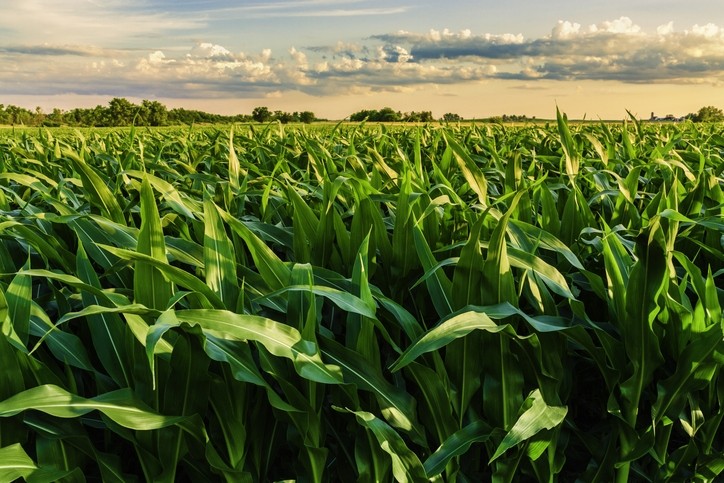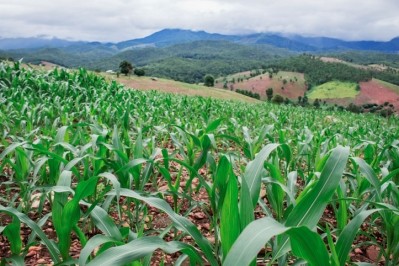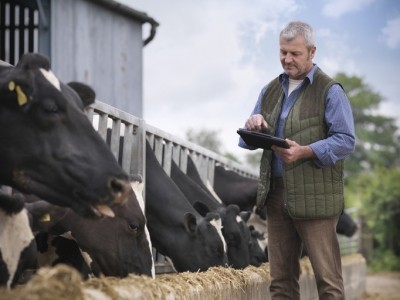Predictive models to manage mycotoxin outbreaks in the US

The research was led by Dr Lina Castano-Duque, a plant pathologist based at the USDA’s Agricultural Research Service (ARS), who also spoke on the topic at the World Mycotoxin Forum, held in Antwerp in Belgium last month.
Mycotoxin contamination of corn is a pervasive problem that negatively impacts human and animal health and causes economic losses to the agricultural industry worldwide.
The scientists involved in this research argue that with the extreme weather events associated with climate change, there is a critical need for predictive models that are informed by mycotoxin data from major US corn-growing states and that are trained using weather, satellite, and geographically dynamic features.
“We understand that in the European context predicting mycotoxin contamination through models has been going on for many years, but this is a fairly recent area of research for the USDA ARS,” Dr Castano-Duque told us.
“We are building the infrastructure now, collaborating with a lot of different universities as well as with other US federal agencies to generate smart technology to support US farmers in terms of predictive modelling around mycotoxins. This is ongoing work, but we are hoping to have technology available by the end of next year.”
The study
In the paper, Dr Castano-Duque and her team outlined how they developed a mycotoxin model that was geospatial dynamic and Illinois-focused to identify novel risk factors correlated with mycotoxin contamination.
“We applied machine learning predictive models. We provided new information about the influence of soil properties and remote-sense data (NDVI) on the prediction of aflatoxin and fumonisin contamination in corn."
Understanding the correlations of such factors with mycotoxin contamination can lead to region time-specific targeted integrated pest management practices to prevent aflatoxin and fumonisin outbreaks, thus serving as guidelines to identify factors that contribute to the contamination risk, they added.
Methodology
The researchers explained that historical aflatoxin and fumonisin mycotoxin contamination data of corn, daily weather data, satellite data, dynamic geospatial soil properties, and land usage parameters were modeled to identify factors contributing to the outbreaks of mycotoxin contamination of corn grown in Illinois.
Two modeling methods were used: a gradient boosting machine (GBM) and a neural network (NN). “Both the GBM and NN models were dynamic at a state-county geospatial level because they used GPS coordinates of the counties linked to soil properties.”
Findings
GBM identified temperature and precipitation prior to sowing as significant influential factors contributing to high aflatoxin and fumonisin contamination levels in corn.
The models also revealed that soil characteristics and normalized difference vegetation index (NDVI) are key factors that correlate with mycotoxin contamination.
The research results indicated that higher values of corn-specific NDVI in July led to lower aflatoxin contamination in Central and Southern Illinois, while higher wheat-specific NDVI values in February led to higher aflatoxin contamination levels. “FUM-GBM showed that temperature in July and October, precipitation in February, and NDVI values in March are positively correlated with high contamination throughout Illinois.”
The scientists saw that greater calcium carbonate content in soil was negatively correlated with aflatoxin contamination, which was noticeable in Southern Illinois. The higher clay percentage in the northeastern areas of Illinois also negatively correlated with fumonisin contamination, they confirmed.
Though greater soil moisture and available water-holding capacity throughout Southern Illinois were positively correlated with high fumonisin contamination.
“These findings serve as reliable guidelines for future modeling efforts to identify novel data inputs for the prediction of aflatoxin and fumonisin outbreaks and potential farm-level management practices.”
Source: Frontiers in Microbiology
Title: Dynamic geospatial modeling of mycotoxin contamination of corn in Illinois: Unveiling critical factors and predictive insights with machine learning
Authors: L Castano-Duque, E Winzeler, JM Blackstock, C Liu, N Vergopolan, M Focker, K Barnett, P Ray Owens, H J van der Fels-Klerx, M M Vaughan, K Rajasekaran














